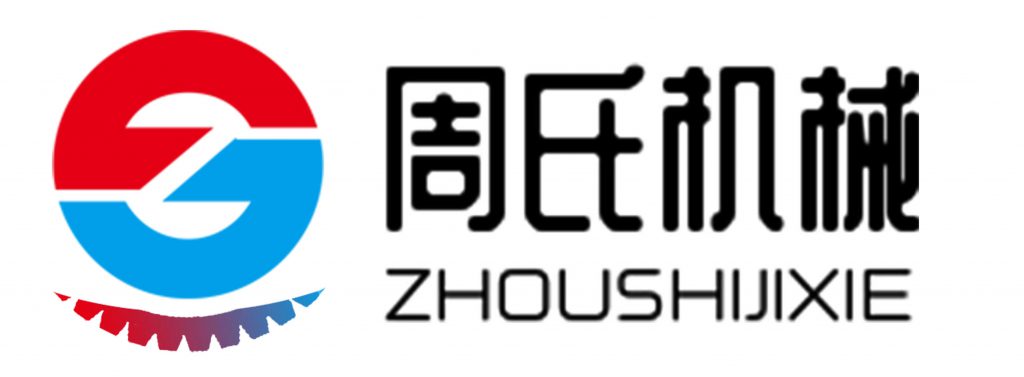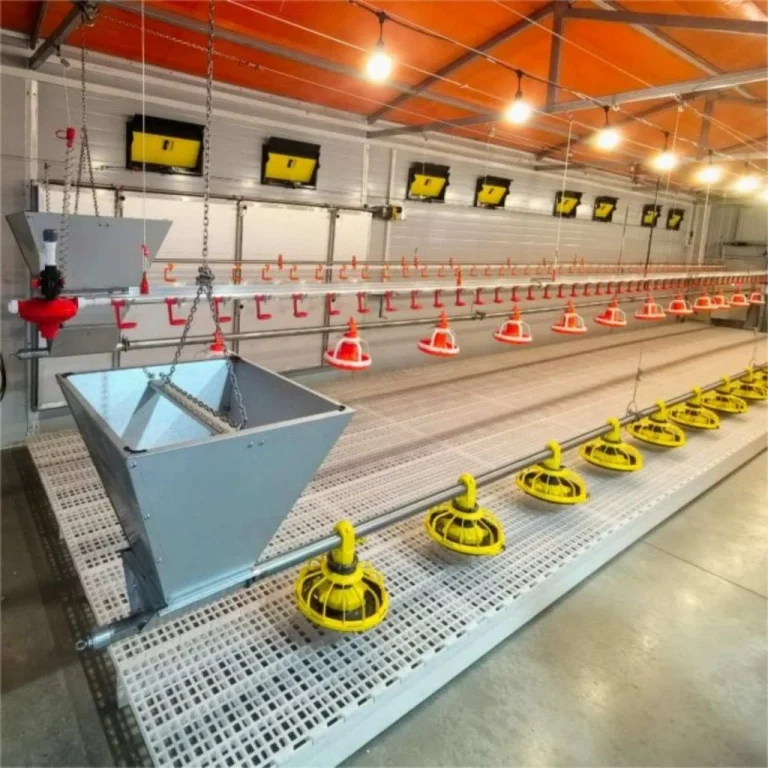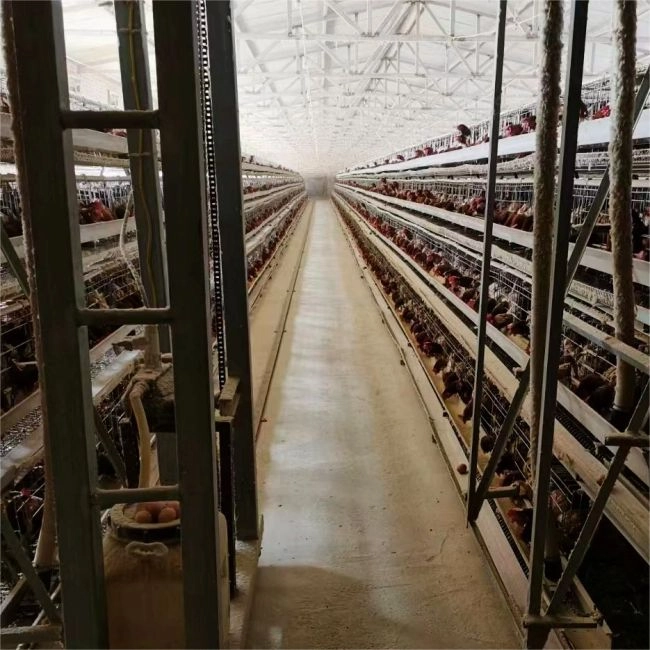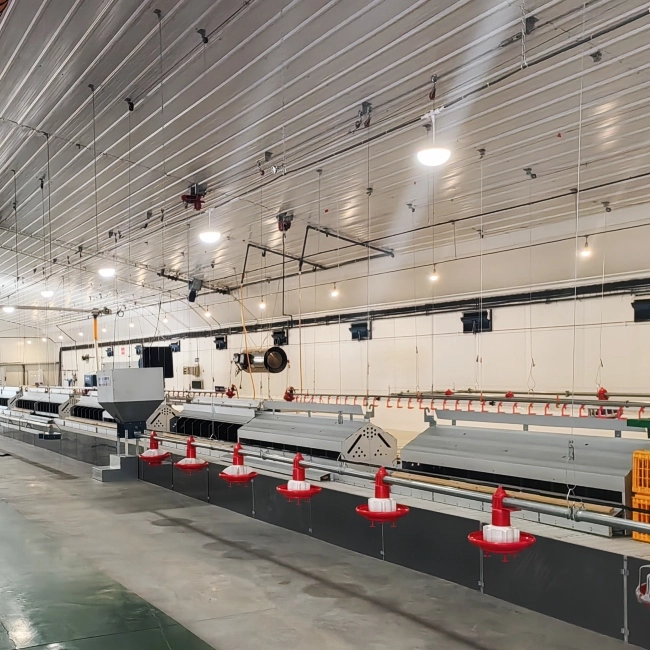The Importance of Chicken Runs in Poultry Management
Enhancing Chicken Welfare
Benefits of Outdoor Access
Having a designated area for chickens to roam around freely and engage in natural behaviors is vital for their overall well-being and welfare in poultry farming setups.
Reducing Stress and Promoting Natural Behaviors
Having chicken runs can greatly lower stress levels in poultry, as it lets them roam freely outside of their spaces. This decrease in stress plays a role in keeping their immune systems strong and ensuring they grow well and remain productive. By encouraging activities with outdoor access, chicken runs play a part in enhancing the general well-being of the chickens, resulting in better flocks and more eggs being produced.
Protecting Chickens from Predators
Types of Protective Measures
When setting up chicken runs for safety from predators like foxes and hawks, it’s important to consider features in the design. Use fencing materials and add overhead netting to discourage aerial threats. Make sure gates and doors have locks to keep the chickens safe from intruders like raccoons and hawks.
Choosing the Right Materials for Safety
Choosing the materials is essential for constructing a secure chicken enclosure area. The use of fencing, like welded wire or hardware cloth, enables you to establish robust barriers that prevent predators from entering while maintaining proper ventilation within the area. When considering the flooring options for the enclosure area, opting for gravel or sand can serve as a deterrent to keep predators at bay. The steel truss design of the livestock and poultry shelter offers strength and protection for your feathered companions.
Designing an Effective Chicken Coop with Run
Key Considerations for Design
Space Requirements and Layout Planning
When creating a chicken coop with a run included in its design, plan carefully and consider the space needed depending on how many chickens will be living there. Sufficient space allows chickens to move around comfortably without feeling too crowded, preventing stress and health problems. The setup should allow for access between the coop and run while making the most of the available space.
Ventilation and Lighting Needs
Ensuring there is airflow in the chicken coop is essential to keeping a healthy environment for the chickens. It helps control the temperature, keeps humidity at proper levels, and reduces ammonia levels from waste materials. Having windows or vents in place allows air to flow through without causing any drafts. It’s also important to have lighting for egg laying, whether it’s natural sunlight or artificial light, to maintain a regular laying schedule.
Integrating a Run with the Coop Structure
Benefits of a Combined Design
Running a coop with an integrated structure brings advantages, such as efficient management practices and better care for the flock members’ well-being. Having a setup where chickens can freely move between outdoor areas without needing human assistance makes tasks like cleaning and feeding much easier, as everything is centralized in one unit.
Ensuring Easy Access to Maintenance
Creating a chicken coop with a run that provides access for upkeep is crucial for effective poultry care management practices. Things like entryways or detachable sections empower keepers to sanitize living spaces thoroughly without causing unnecessary distress to the birds. The sliding cage entrance is uncomplicated and dependable, making it easy to round up chickens as required.
Materials and Construction Techniques for Chicken Runs
Selecting Durable and Safe Materials
Evaluating Different Fencing Options
When building a chicken coop, it’s important to select fencing materials that can withstand various weather conditions and deter predators from getting in easily.
Flooring Choices: Pros and Cons
Various types of flooring options have their unique benefits depending on specific requirements. Gravel, for instance, offers drainage but may need frequent leveling. Sand is comfortable to walk on but needs occasional replacement. Concrete is easy to clean, though it doesn’t provide the advantages of loose substrates like dirt or straw bedding, which allow for dust bathing in coop interiors.
DIY vs Professional Construction Approaches
Cost Analysis and Budgeting Tips
When it comes to choosing between doing your construction work or hiring experts, the decision is mostly influenced by your budget limitations and the level of skills needed for the assembly tasks. DIY projects can help save money by cutting down on labor expenses and other costs associated with hiring contractors, making a self-build approach a more appealing option.
Assessing Skill Levels And Tools Required
Before you start any construction project to build your unique chicken coop with a connected running area, make sure to evaluate your skills and gather all the tools needed for the job. This is crucial to ensure a successful outcome and achieve the desired result.
Maintaining a Healthy Environment in Chicken Runs
Frequency of Cleaning Tasks
Keeping the chicken coop tidy is essential for the well-being and productivity of the flock. It’s important to set up a cleaning schedule to prevent waste and pathogens from accumulating. Daily removal of droppings and a thorough weekly surface cleaning are habits to adopt. Don’t forget to inspect for any issues monthly as well. By sticking to this routine, you can lower the chances of diseases spreading and provide a clean living environment for your chickens.
Effective Sanitation Products
Choosing the cleaning products is crucial for keeping chicken coops clean and safe for the birds’ health and well-being. You should opt for disinfectants that are gentle enough for poultry but strong against harmful bacteria and viruses. Common choices, like bleach solutions, hydrogen peroxide-based cleaners, and quaternary ammonium compounds, are popular due to their ability to eliminate pathogens without posing a risk to the chickens. It’s important to follow the instructions provided by the manufacturer when using these products to guarantee both safety and efficacy.
Introducing Zeus Products for Enhanced Poultry Management
Zeus provides cutting-edge poultry solutions aimed at improving the efficiency and productivity of managing poultry operations, offering a selection of advanced tools customized to suit different sizes of farms.
- A-type Ladder Layer Chicken Breeding Equipment: This system features automated ladder layer cages with hot-dip galvanized construction offering durability over 15-20 years.
- H-type (stacked) chicken cages: Suitable for large closed farms raising over 25,000 birds per house; these vertically stacked cages save floor space while increasing animal capacity.
- Small Laminated Layer Chicken Breeding Cage: Designed specifically for smaller operations managing 10,000-30,000 chickens; this equipment provides centralized management capabilities at reduced labor costs.
By integrating Zeus products into your approach to managing poultry, you can take advantage of state-of-the-art technology paired with design principles that guarantee lasting success in your activities.






